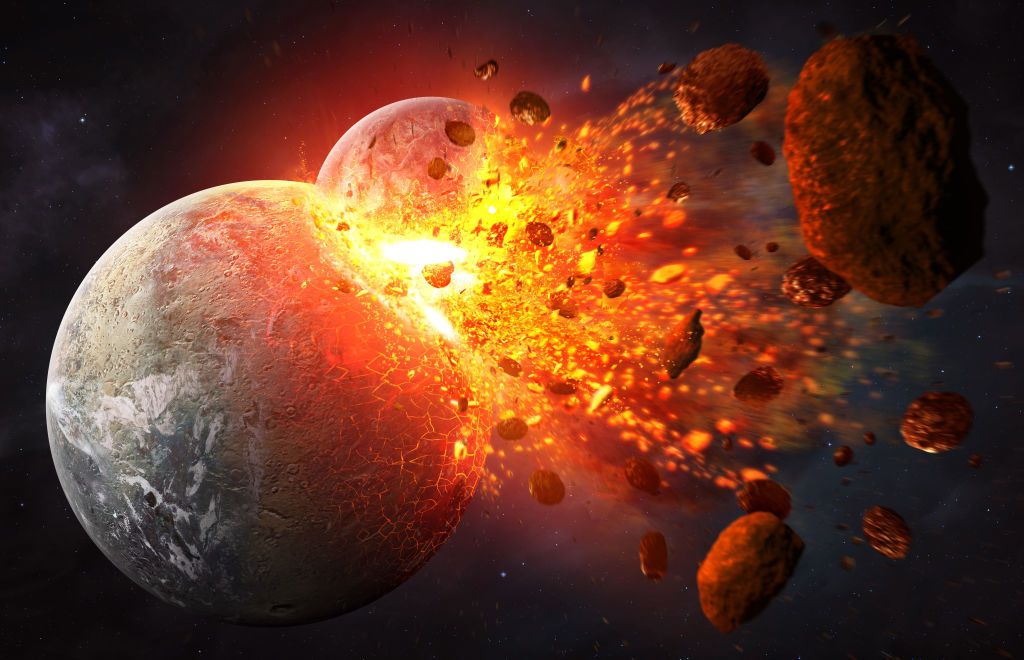2023-2024
Evolving Solid Earth Dynamics as a Trigger for the Mid Pleistocene Transition
Milankovitch cycles -- orbital modulations in Earth's insolation -- are thought to pace ice ages over the last 2.6 million years, with dominant periods associated with changes in precession (~20,000 years) and obliquity (~40,000 years). While Milankovitch cycles have not changed over tens of millions of years, Earth's climatic response has. In particular, the Mid Pleistocene Transition (MPT), ~1 million years ago, is defined by an enigmatic shift between ice ages paced every ~40,000 to ~100,000~years. In this talk, we will explore solid Earth feedbacks (i.e., crustal rebound/subsidence) on the ice age system using a climate model that accounts for variation in the timescale of crustal deformation associated with changes to the length-scale of ice ages and duration of ice loading. I will demonstrate that the impact of the feedback mechanism is significantly larger in the late Pleistocene relative to the early Pleistocene, and hypothesize that this sensitivity played a crucial role in driving the MPT.
New Mexico Tech, March 28, 2024 ♦ University of Arizona, April 11, 2024 ♦ Rutgers University, November 15, 2023
Origin of moons in the solar system and beyond
The Moon is thought to have formed by a large impact, but the details are not well understood. The "standard" giant impact hypothesis suggests that the Moon formed from a silicate magma disk that was generated by an impact between Earth and a Mars-sized object. Alternatively, other studies indicate that the Moon could have formed by a more energetic impact, such as a collision between two half-Earth sized planetary objects. We propose that the standard model is more favorable as the origin of the Moon because a growing Moon in the disk in the energetic scenarios would face dynamical challenges. We will also apply our model to moons in the solar system and extrasolar systems (exomoons) and predict what planets likely host large moons.

Michigan State University, September 15, 2023 ♦ Western Michigan University, September 18, 2023 ♦ University of Buffalo


